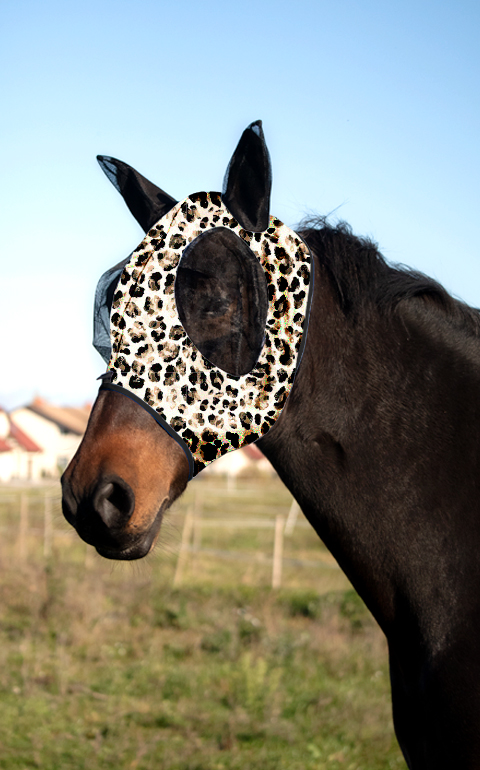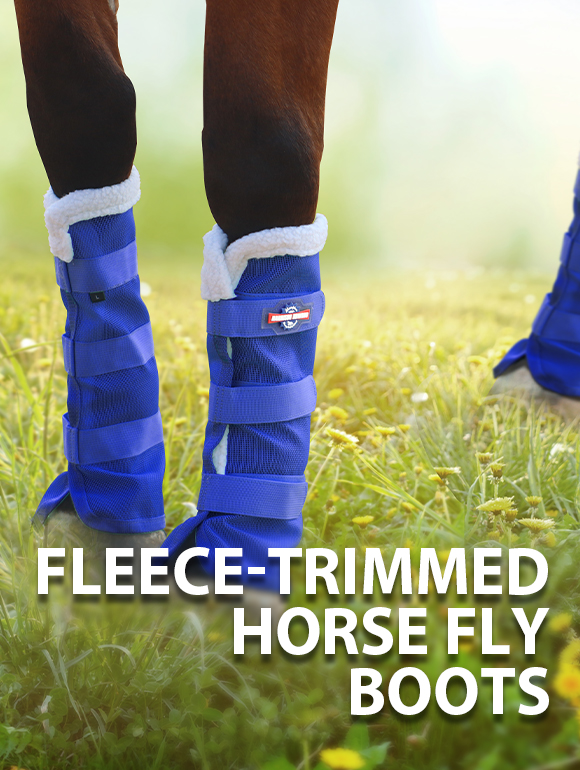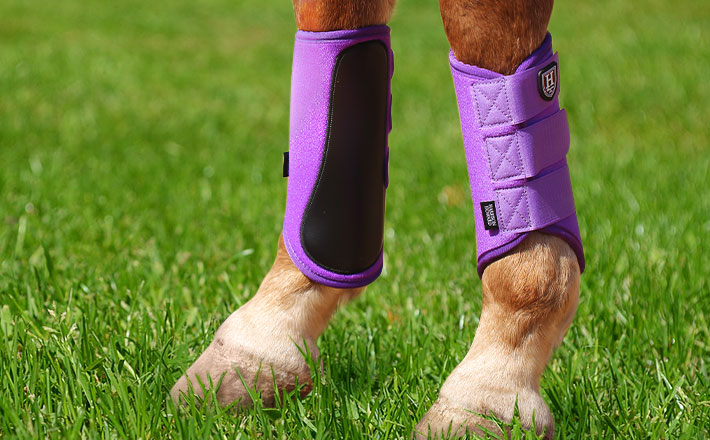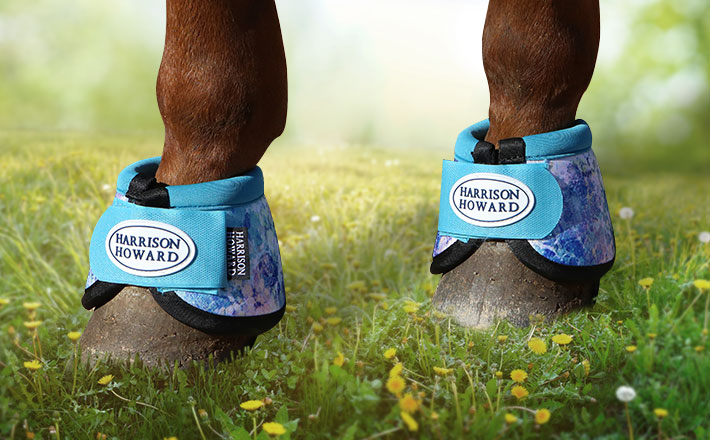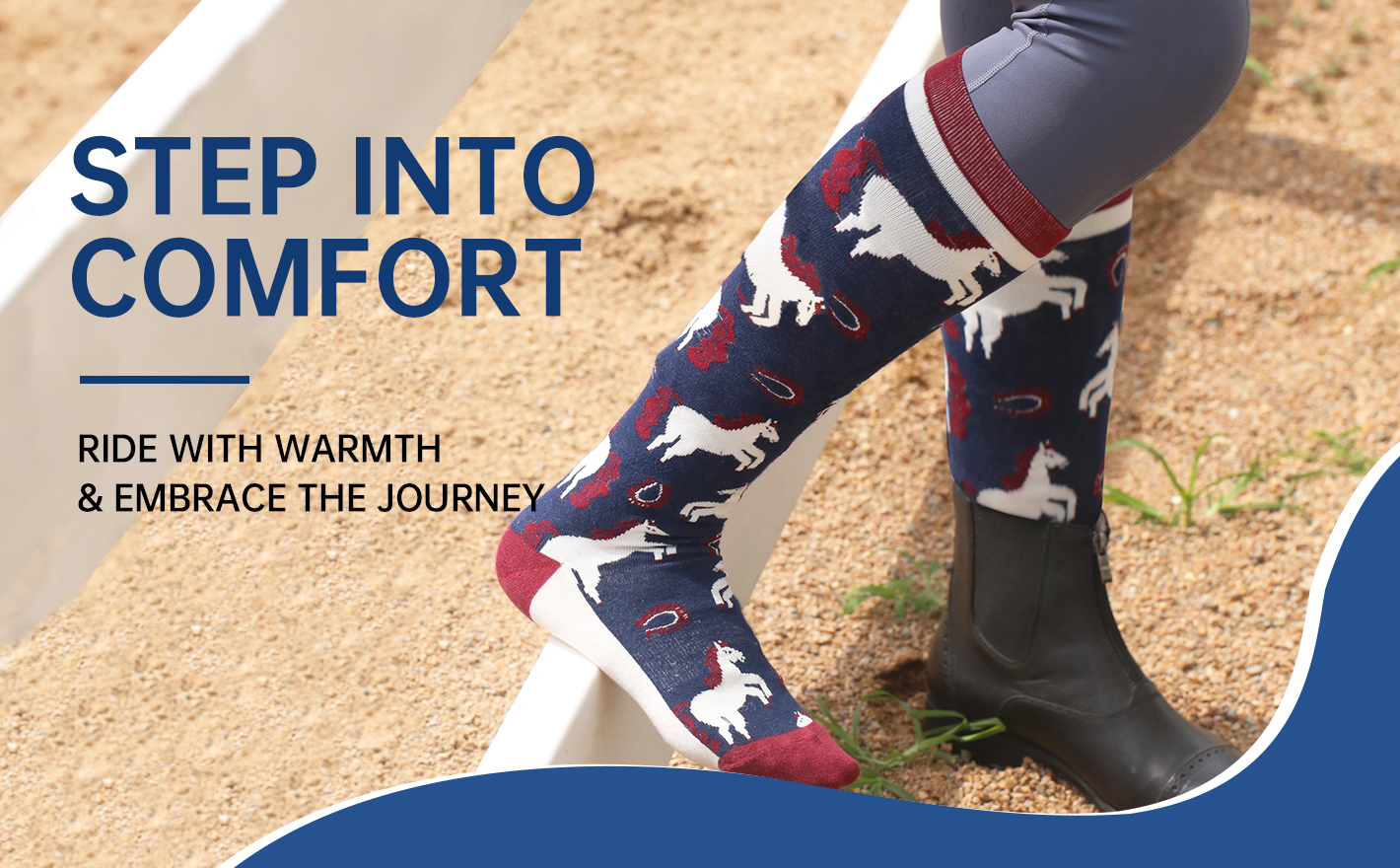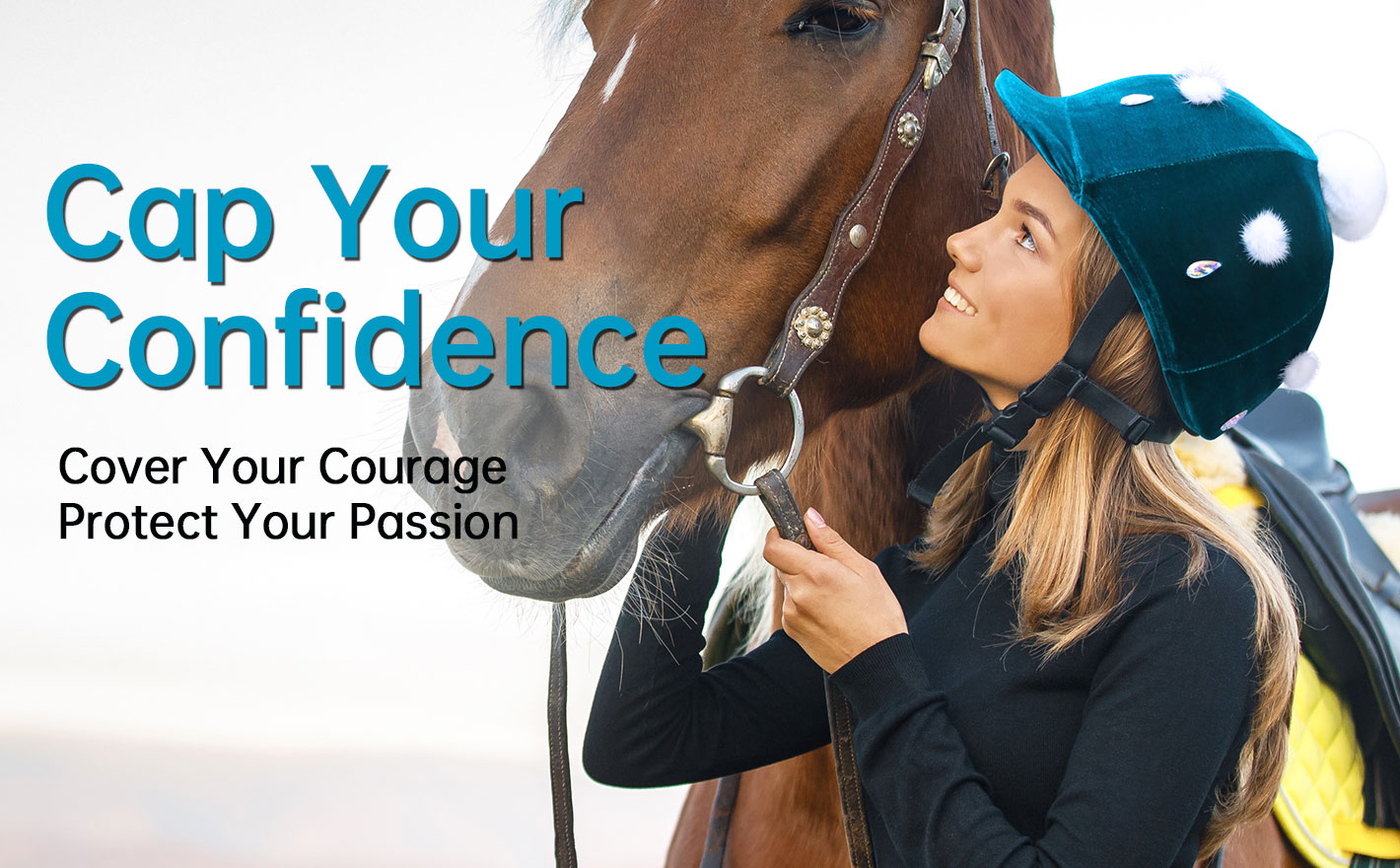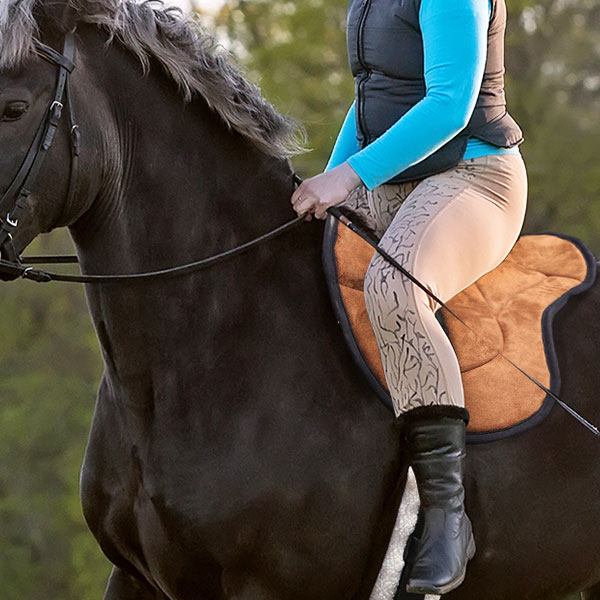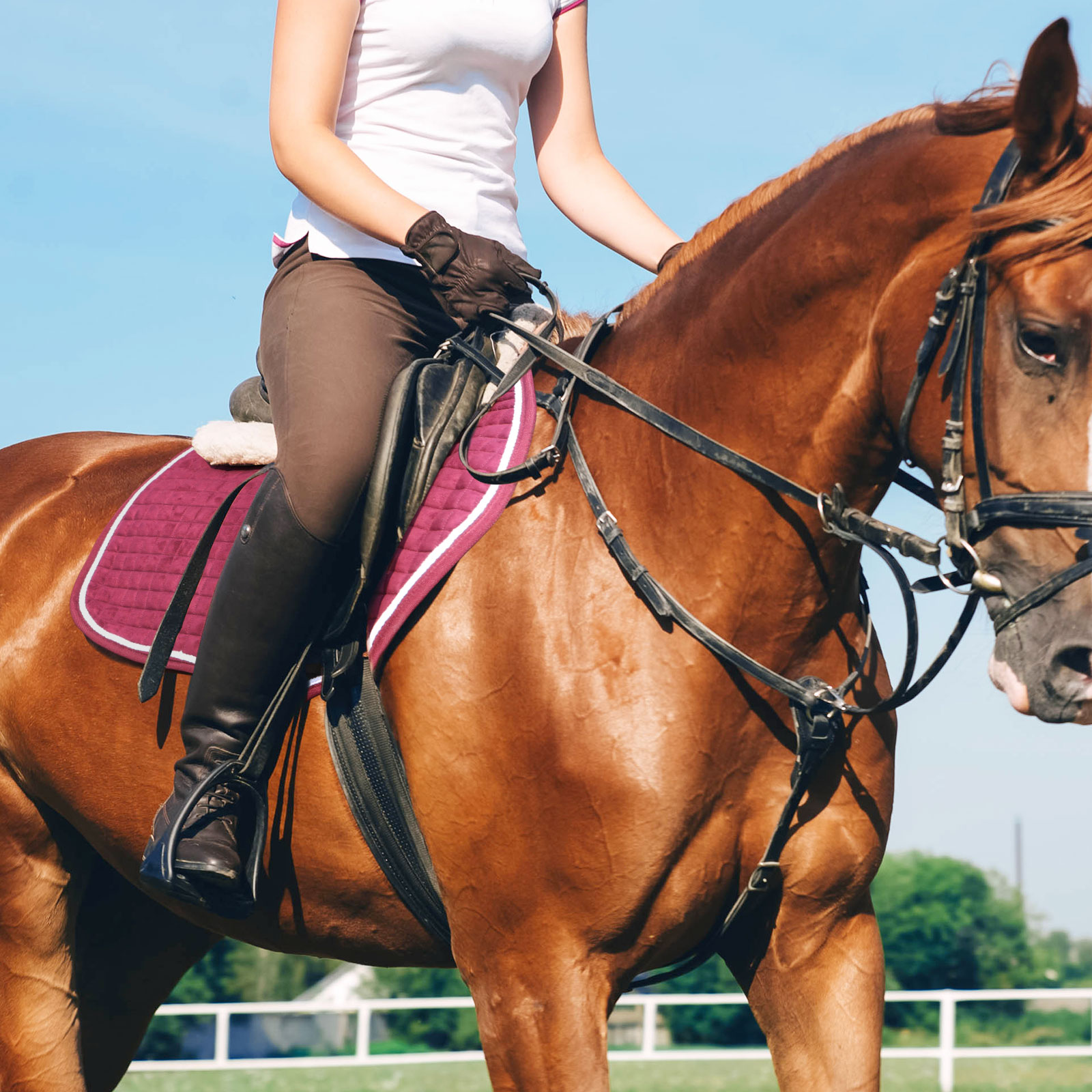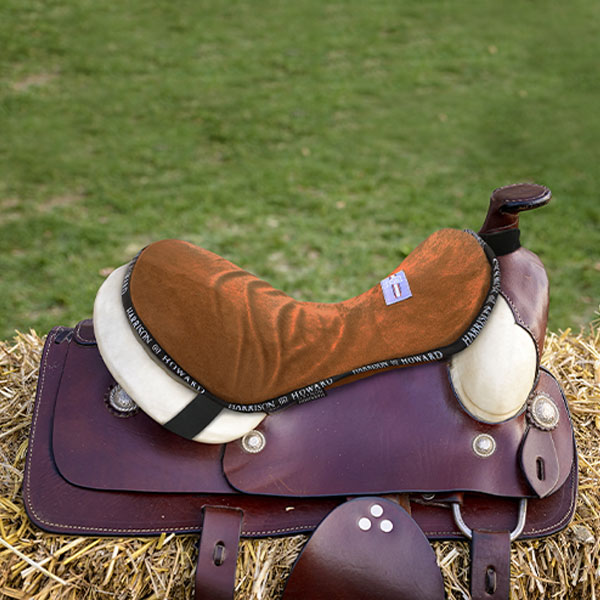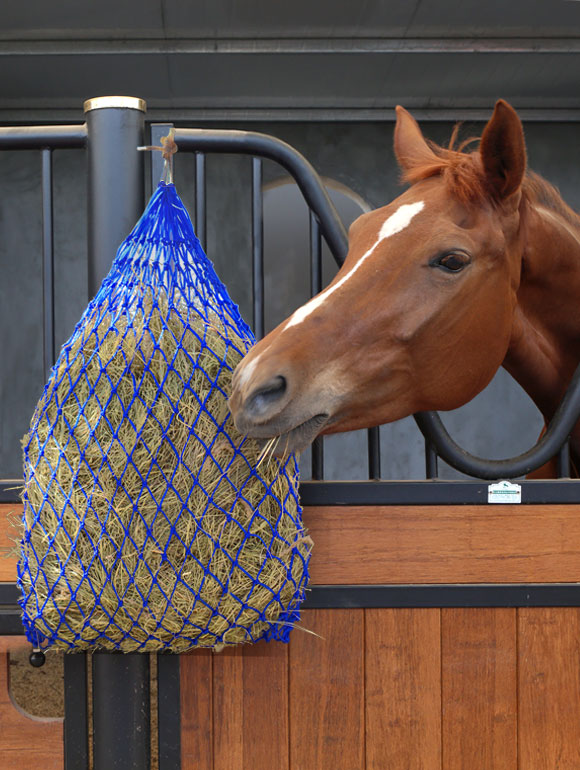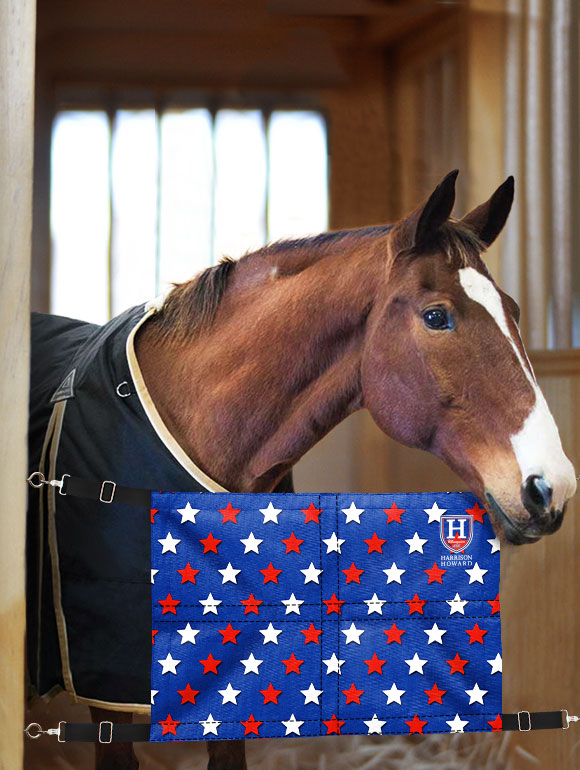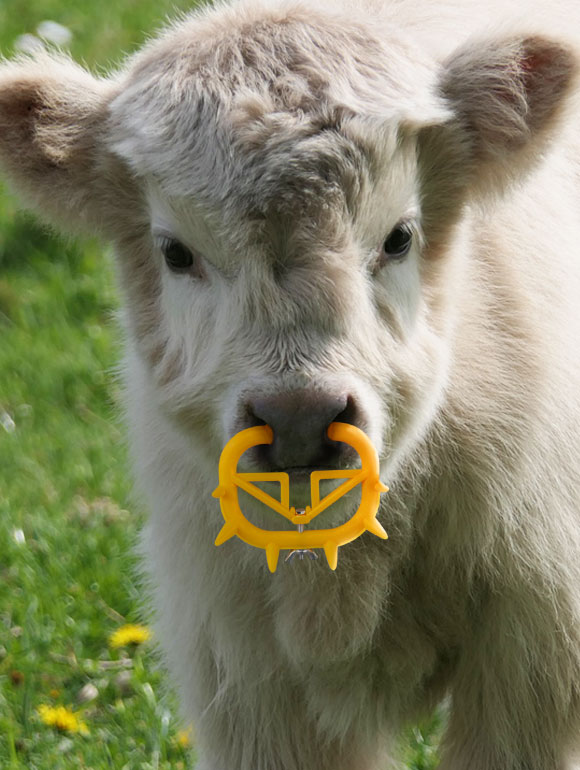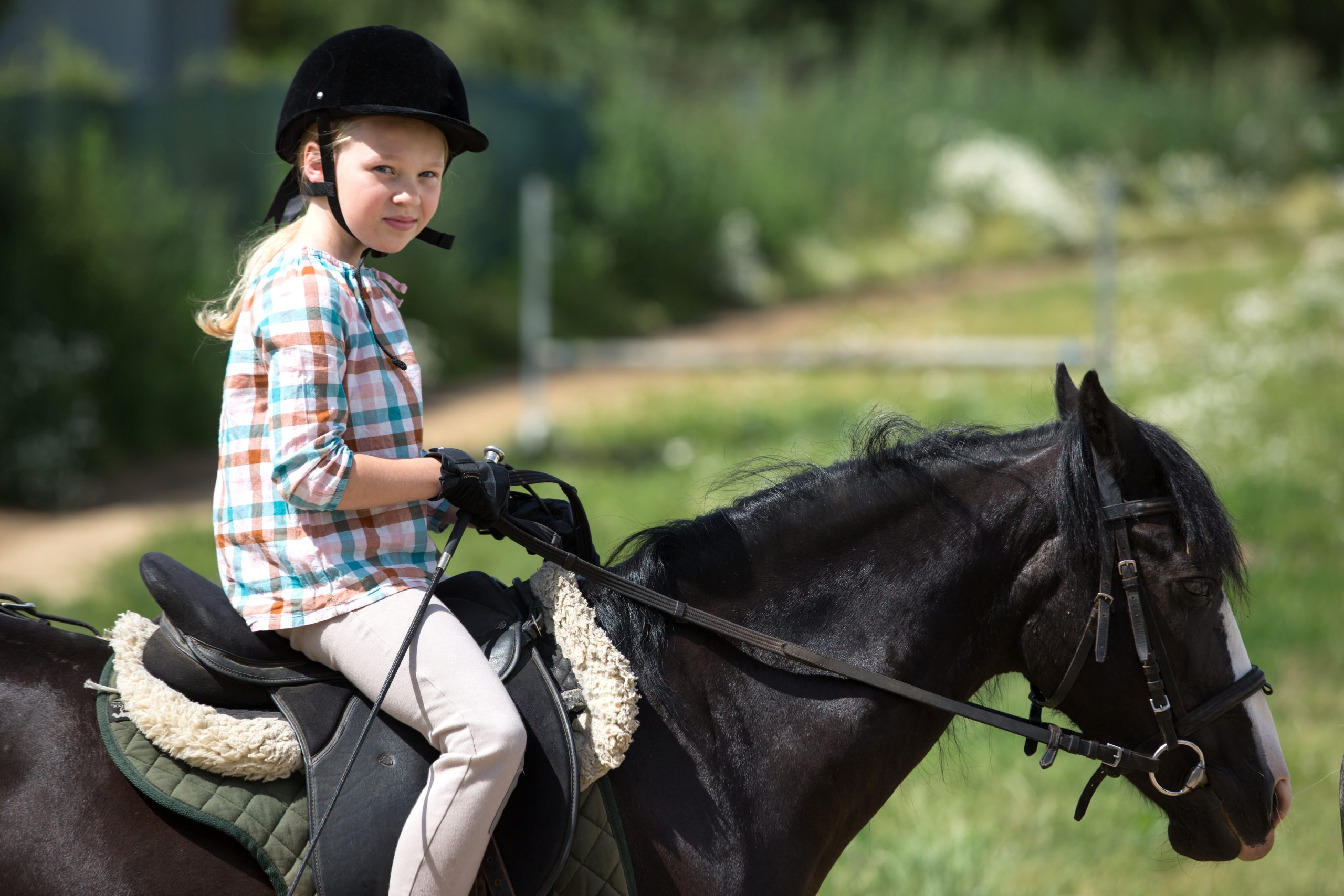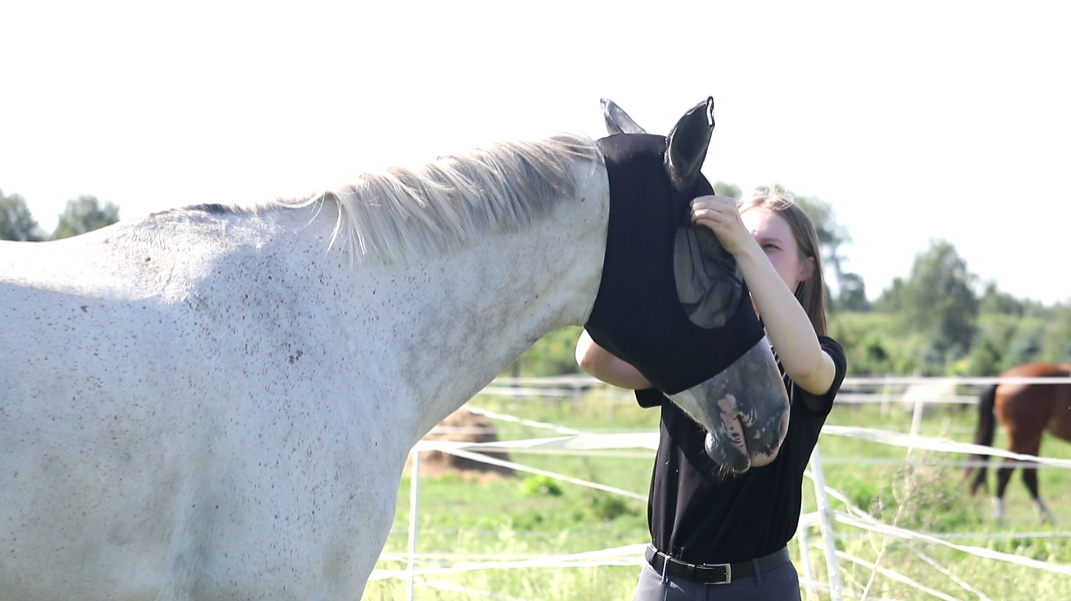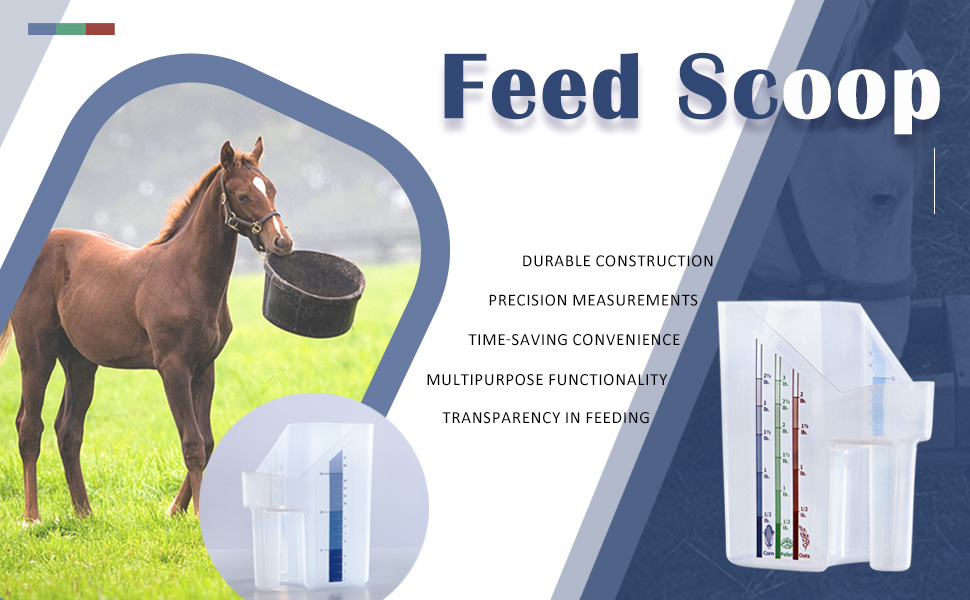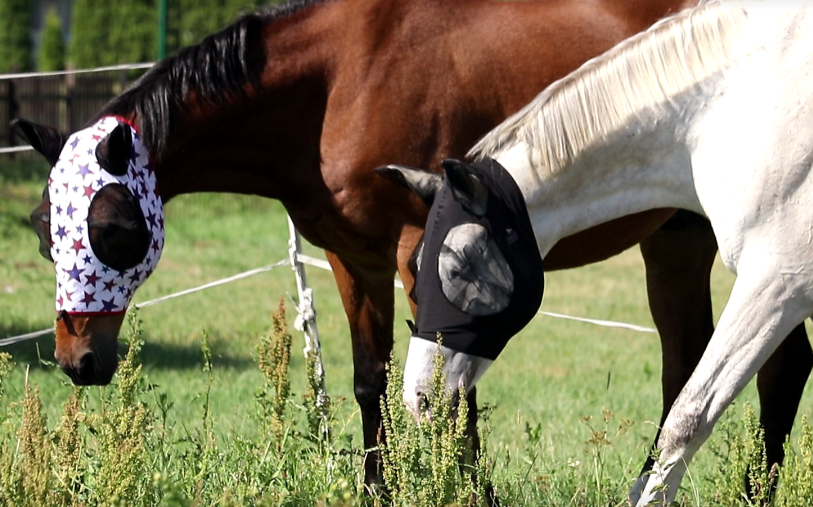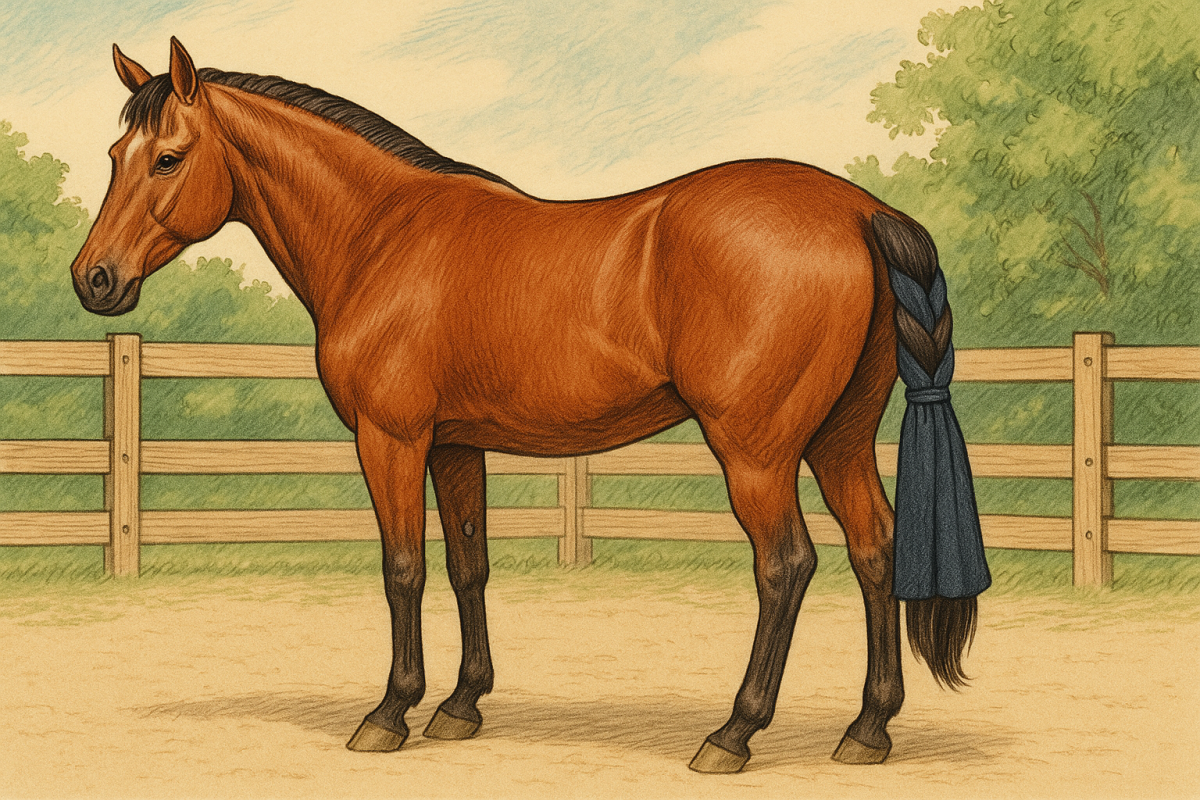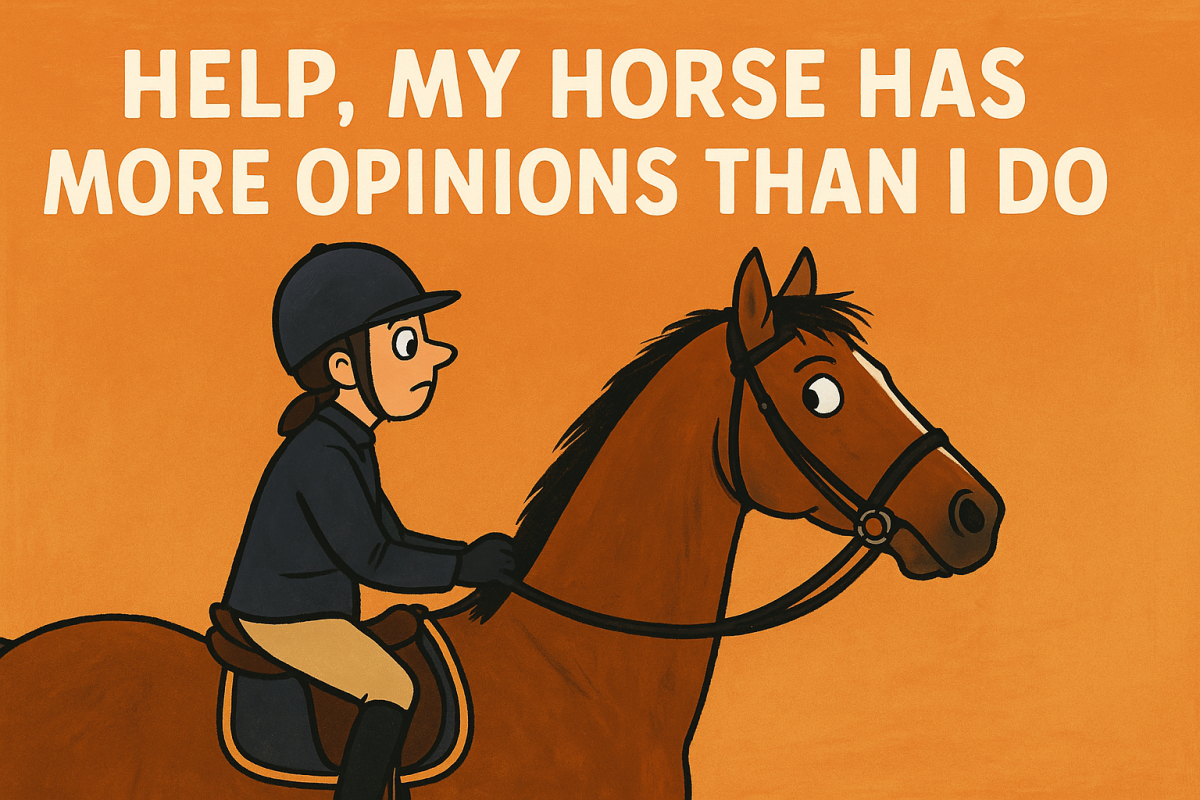There’s something magical that happens when a child meets a horse for the first time.
Eyes widen, tiny boots shuffle forward, and the horse lowers its head like it’s greeting a very small, very determined new friend.
But while the moment is adorable, the relationship that follows isn’t just cuteness — it’s psychology, horsemanship, and early emotional development all braided together (like a perfect pony mane).
So how do we help kids build a real partnership with these gentle giants?
Let’s dive into the science — and sprinkle in a bit of barn humor — to understand the surprisingly deep world of kid–horse bonding.
Step One: Slow Down (Yes, Even If Your Kid Has the Zoomies)
Horses are masters of reading body language.
Kids… well, they sometimes vibrate at frequencies only dogs can hear.
It sounds simple, but here’s the pro-level detail:
When a child regulates their breathing near a horse, the horse’s heart rate can actually sync lower.
Yes — horses are basically giant, fluffy biofeedback machines.
Step Two: Let the Horse Say “Hello” First
Every horse has their preferred greeting style.
Some go for the polite nose sniff.
Others walk up like they’re checking your pockets for snacks.
A professional method used in therapy barns and show programs alike is the “shoulder approach.”
Kids stand near the horse’s shoulder — not directly in front — which gives the horse space, comfort, and zero pressure.
In this position, horses are more likely to:
- lower their heads
- breathe softly
- blink slowly
These are all green lights in horse language meaning:
“Hi, tiny human. We can be friends.”

Step Three: Grooming = Friend-Making Superpower
Kids think grooming is “brushing the horse.”
Professionals know grooming is “40% cleaning and 60% emotional bonding.”
Touch activates the horse’s parasympathetic nervous system — the “rest and relax” mode — and studies show grooming can drop a horse’s cortisol levels.
When kids groom horses:
- They learn patience
- Horses learn trust
- And both sides learn that carrots are the true currency of friendship
A soft brush on the shoulder or withers is usually the perfect starting point.
(And yes, horses have favorite scratch spots. Kids discover them like treasure hunters.)
Step Four: Let the Child’s Confidence Grow at the Horse’s Pace
Here’s the part many parents misunderstand:
It’s not about “getting the kid on the horse quickly.”
It’s about letting the child learn how to communicate first.
Professional trainers often say:
“Kids don’t need bigger bravery. They need better information.”
Kids who understand:
- how horses read posture
- where to stand
- how loud to speak
- how to give a simple cue
…become confident and respectful riders — not rushed ones.
Horses respond dramatically better to clarity than courage.
(If horses could talk, they’d say: “Please don’t be brave. Just be clear.”)
Step Five: The Magic Moment — Mutual Curiosity
That instant when a kid reaches out a hand and the horse reaches back with a sniff?
That’s not randomness — that’s trust forming in real time.
Children offer a type of presence horses understand well:
honest, gentle, curious.
And horses offer children something equally rare:
calm, consistency, and a friend who listens without interrupting.
In many programs, horses help kids with:
- emotional regulation
- focus
- confidence
- empathy
- resilience
It’s no wonder equine-assisted therapy is backed by decades of research.
In the End: Horses Don’t Care About Age — They Care About Energy
A child doesn’t have to be tall, loud, or strong to bond with a horse.
They just need to show:
patience, softness, and a willingness to learn.
And a horse, in return, becomes:
a teacher, a teammate, and sometimes the quiet hero of a child’s entire childhood.
Because while adults often come to the barn for goals,
kids come for joy —
and horses recognize that instantly.



